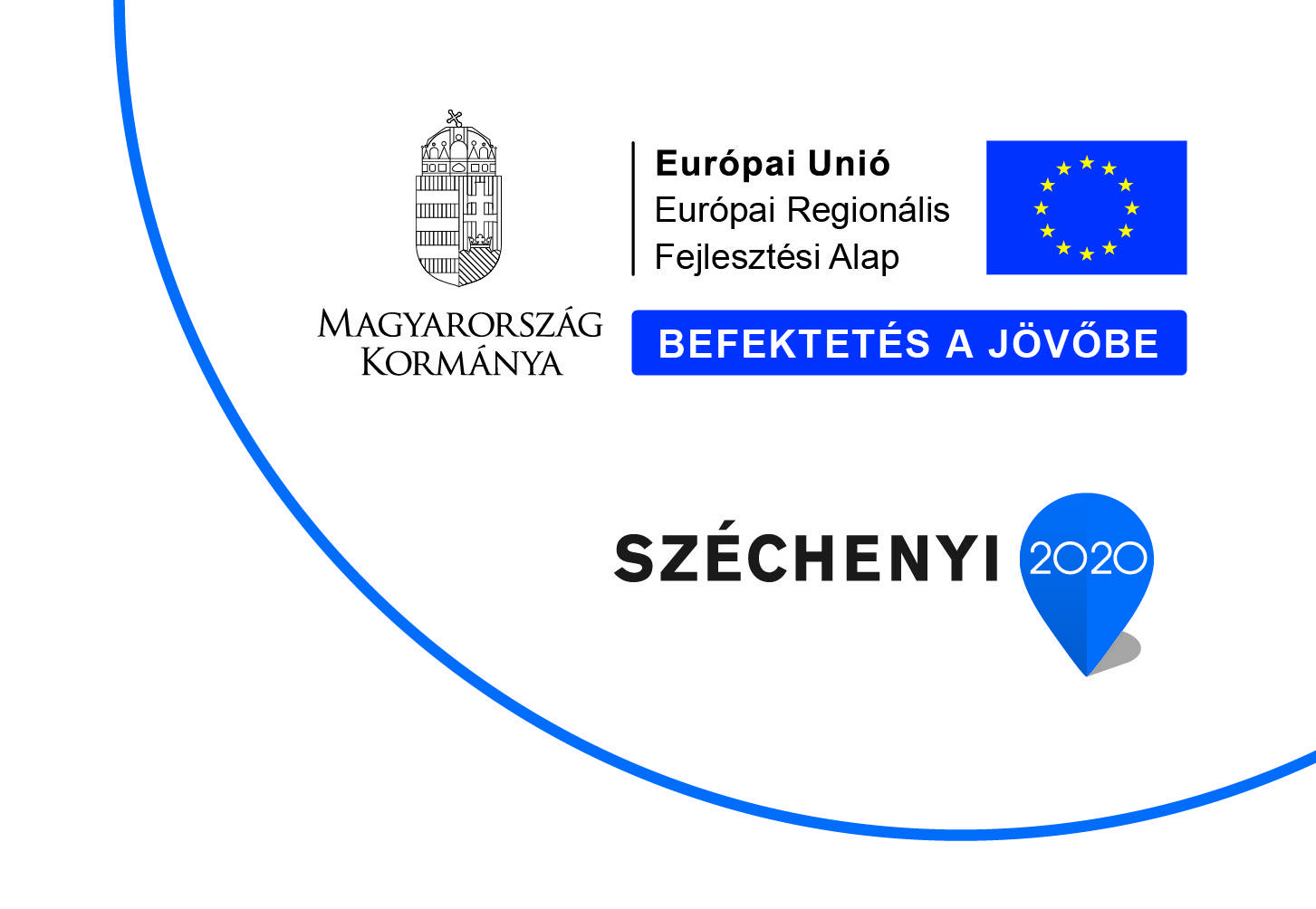Are you interested in heat treatment?
Home » Are you interested in heat treatment?
With the help of our special packaging materials, packaging machines and sous vide equipment, you can even think of a complete system, we provide it for you.
If you have your own equipment, packaging materials, vacuum pouches and related labeling labels are available.
And if you have not yet found the right packaging solution or are not satisfied with the current packaging technology, feel free to contact us for advice.
If we are talking about heat treatment, there are three stages:
Sous vide
Pasteurization
Sterilization
Sous vide
Sous Vide (pronounced: szu vid, meaning under vacuum) is a professional cooking method that reduces oxidation and increases consumability by preventing the growth of bacteria in an oxygen-free environment with precise temperature control. The result is a final product with a perfect texture, taste and quality.
Using Sous Vide is very simple, virtually any food can be Sous Vide. This requires two tools. One is the vacuum machine, which creates an almost completely oxygen- and air-free space around the raw materials. The advantage of this is that it prevents oxidation, so no significant discoloration occurs, and it prevents the growth of aerobic bacteria. Another advantage is that the boiling point of water drops from 100 °C to 20 °C in a vacuum.
The other device is the tempering thermostat, which heat-treats the product with an accuracy of a tenth of a degree, and precise heat treatment is the soul of Sous Vide technology. The importance of temperature lies in the fact that different proteins precipitate at different temperatures, so heat treatment must take into account the temperature and time required to destroy anaerobic bacteria by preventing protein precipitation. After the heat treatment, the core temperature of the Sous Vide product must be reduced below 3 °C by rapid (shock) cooling (Cook & Chill), as a result of which the product can be stored for at least 21 and at most 40 days without quality deterioration. Subsequent contamination is excluded, as the product is stored in an airtight package until use. If the product is frozen to -18 °C, the shelf life can be increased to 18 months. Before use, heat the product in a 60 °C tempering bath, check the accuracy of the temperature with a core thermometer, then prepare (grill, pan, salamander, fry) and serve the food.
The Sous Vide technology can also be used in the production of traditional products (Cook & Fill), where the products are prepared in the traditional way and portion by portion, vacuumed while hot, so the shelf life of these products can be increased to up to 40 days, without quality deterioration.
For Sous Vide cooking, the raw material is thus placed in a cookable vacuum pouch. This vacuum packaging ensures that the flavors are preserved inside the food.
The basis and essence of Sous Vide is that we heat treat each product depending on its own biological and chemical components, i.e. depending on the composition of the raw materials, be it beef, fish or vegetables, we treat everything at a separate temperature, thereby achieving the optimal result, significantly less with cell structure destruction. It is therefore not primarily a matter of a culinary art solution, but of science: while barely 50 years ago we did not even know the cooking temperature of food, today we can break down food into its particles, thanks to chemistry and physics. That means, after Sous Vide, the product remains almost the same color and texture as it was before the treatment. With the heat treatment, we ensure the microbiological safety of the product, specifically for the product, taking into account the relationship between heat and time. In terms of economic benefits, the establishment of a kitchen equipped with Sous Vide technology consumes almost half the costs of a traditional à la carte kitchen, and savings of almost 50% can be achieved during its operation.
Of course, safety plays an important role in the cooking process, let’s stick to the example of eggs. Miklós Kürti proved with experiments that with heat treatment above 60 degrees, pre-inoculated eggs become salmonella-free. The safety heat treatment zone boundaries for Sous Vide technology were created by Georges Pralus. The science behind Sous Vide consists in knowing the procedures, time and temperature ratios for the given raw material, which can be used to achieve optimal taste, color and texture by killing all vegetative forms of bacteria, and post-infection in an airtight space theoretically impossible.
We also offer packaging material and packaging machine that allows you to perform the sous vide cooking process.
Pasteurization
Pasteurization is a heat treatment process in which a liquid is preserved by cooling after rapid heating.
In the course of this food technology process, the content of microorganisms is reduced by suddenly heating the liquid between 60-90 °C for a short period of time, followed by rapid cooling. Short pasteurization is an operation lasting less than 15 seconds.
Thus, the number of microorganisms is reduced, but – unlike sterilization – it is not completely destroyed. Typical applications, food products: milk, wine, beer, vinegar, juices.
We also offer packaging material and packaging machine that allows you to safely pasteurize the packed product.
Sterilization
The meaning of the sterilization process is to heat the food to such a core temperature that the harmful bacteria are destroyed, but the useful substances remain. The first step in the process is to vacuum-pack the food, excluding air from the product’s environment. The second step is the heat treatment itself. This is done in a closed space, which can be a steam chamber or autoclave equipment. We simply place the vacuum-packed products in the equipment, and in the steam chamber, heated water steam heats the packages, in the autoclave, a vacuum is first created in the chamber, and then saturated water vapor is supplied to replace the air. The water vapor condenses on the packages, while heat is released, as a result of which the microorganisms inside the package are destroyed. After the process is done, the excess pressure in the machine is removed, the packages are dried and cooled. This is a sterilization cycle.
Steam sterilization is carried out at a minimum temperature of 121 °C for 15 to 20 minutes and in an autoclave at 121 °C at a pressure of 1.1 bar.
Usable packaging materials: it is necessary to use a pouch that can be vacuumed, withstands high pressure and high temperatures. Our range of cookable vacuum pouches can be used for this technology.
During dry sterilization, the first step is also vacuum packaging, and in the second step, the dry air is heated electrically in a closed workspace, which is then circulated with a fan. They actually “bake” the already wrapped product. The hot air heats the packages placed in the device to the set temperature. Harmful microorganisms are destroyed during the given duration and temperature. At the end of the cycle, the products are cooled. Usual parameters of dry sterilization:
- at 160 °C-on 45 minutes,
- at 180 °C-on 25 minutes,
- at 200 °C-on 10 minutes.
Usable packaging materials: In this process, the packaging material is required to be airtight, heat-resistant and a good heat conductor. These include the heat-resistant polyamide foil hose, closed metal box, and heat-resistant glass container. Bakeable vacuum pouches from our products can be used for this technology.

